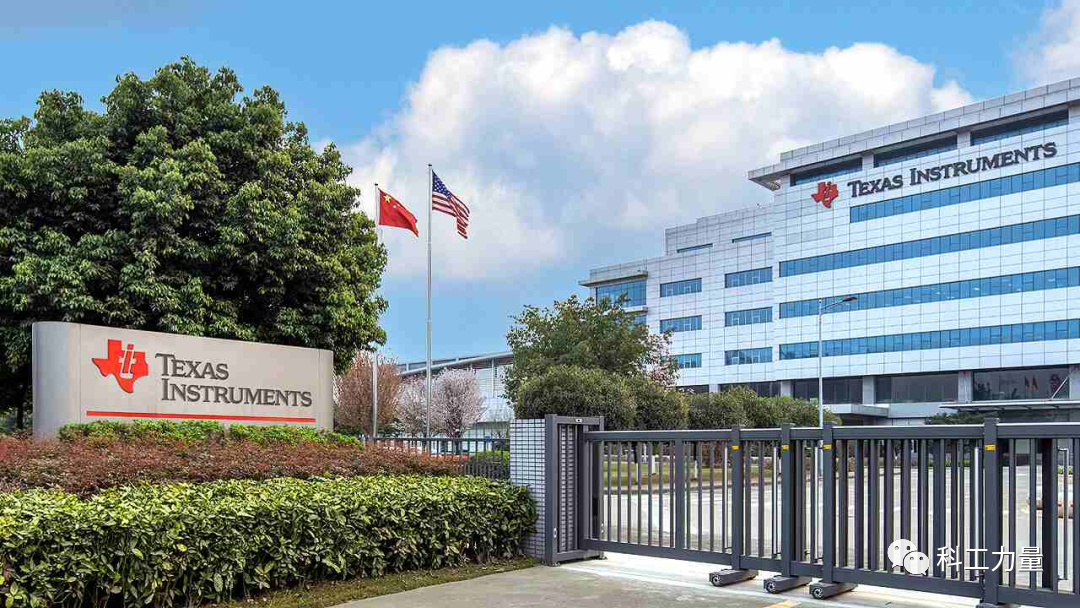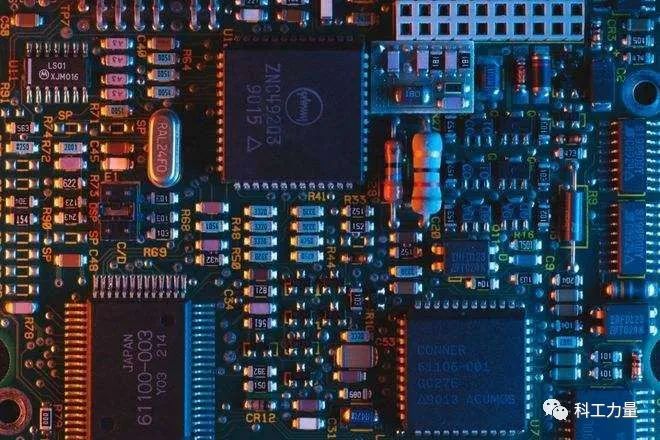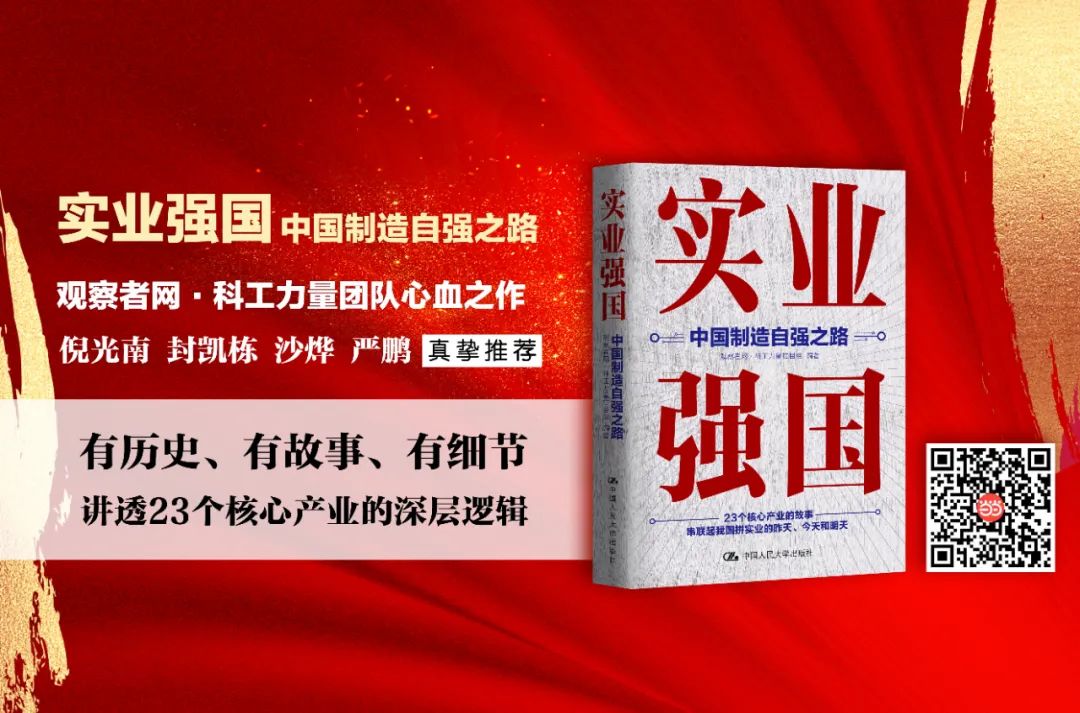// Author | QingningIntroduction“If you allow people to come, you must allow them to leave.” The news of “Texas Instruments disbanding its MCU team” did not bring any turbulence to Qin Hua (a pseudonym). On May 7, industry rumors surfaced that Texas Instruments would disband its MCU R&D team in China and relocate its R&D operations to India. The team in China would face job transfers or layoffs. Affected by the rumors, Texas Instruments issued a statement the next day: “Texas Instruments has not laid off any employees in China. China is the most important market globally, and we will continue to invest in the Chinese market and fulfill our commitments.” However, as a teacher at a university in Beijing, Qin Hua does not believe the situation will change: “In class, I still prefer to guide students in the direction of STM32. Texas Instruments’ 430 is good, but it doesn’t solve the problems students will face in their future studies and careers.” Qin Hua’s impatience may hint at Texas Instruments’ decline in the competitive MCU industry in China.
However, as a teacher at a university in Beijing, Qin Hua does not believe the situation will change: “In class, I still prefer to guide students in the direction of STM32. Texas Instruments’ 430 is good, but it doesn’t solve the problems students will face in their future studies and careers.” Qin Hua’s impatience may hint at Texas Instruments’ decline in the competitive MCU industry in China.
01
Disbanding the Development Team is a Market Choice
This industry rumor revolves around two key terms: MCU and MSP430. Qin Hua states that an MCU is a computer on a chip, “its full name is microcontroller unit, which integrates a processor, memory, counters, and various interfaces on a single chip. This structure is essentially similar to a computer host, but it is a computing system used for cars and refrigerators.” Benefiting from such a design, the MCU has become a representative of high-performance, low-power chip products. From a technical perspective, the main MCUs on the market can be divided into 8-bit, 16-bit, and 32-bit. The 8-bit MCUs focus on cost reduction, while the 32-bit MCUs offer stronger performance. Texas Instruments provides the 16-bit MSP430, which sits between the two. “To be fair, Texas Instruments’ MSP430 is quite successful.” In Qin Hua’s view, the deep development of the MSP430 is primarily attributed to the Chinese team, “from market to development to technology, it can basically be considered a Chinese company.” As long as customers have needs, they respond quickly. The MSP430 has also carved out a niche with its “low power consumption” positioning. For Qin Hua, the most classic application case of the MSP430 is the smoke sensor. “In the construction of high-rise buildings in China, smoke sensors are needed, and a significant portion of the MCUs inside are their products. This product may seem small, but there are many of them, and they are deployed nationwide. Even now, I still have photos of the sensors I took in my lecture PPT.” Although this product has made a name for itself, the legacy of that name is not guaranteed. With the update of electronic products, the MCU industry has seen a polarization between “power consumption” and “performance”: traditional products like electric meters and keyboards have opted for low-power, low-cost 8-bit MCUs; while products like fingerprint door locks and smart appliances, which require the development of numerous new features, are better suited to 32-bit MCUs. Texas Instruments’ 16-bit CPU has gradually lost its original market. In response to market transformation, Texas Instruments has also chosen to upgrade its technology, following in the footsteps of STMicroelectronics by introducing Arm cores. Qin Hua is also a witness to that era, “Texas Instruments’ MSP432 was developed on the Arm Cortex M core. The school purchased development boards early on to expose students to new technologies. However, the development boards were full of bugs, and not only could students not handle them, but even teachers sometimes found issues. Later, when I contacted people from the industry, they were also hesitant to use them.” Qin Hua’s complaints reflect the market situation. According to Gartner statistics, in 2021, Texas Instruments held a 7.3% market share in the general MCU market. In the automotive MCU sector, Texas Instruments had an 8.8% market share. However, competitors like NXP, Renesas, and STMicroelectronics all achieved double-digit market shares. The disbanding of Texas Instruments’ MCU development team is not an unexpected outcome of US-China tensions, but rather an inevitable fall from grace.
02
The Departure of a Giant, Yet Industry Enthusiasm Remains
The departure of Texas Instruments does not affect the fierce competition in the Chinese MCU industry. According to global market estimates, data from 2019 shows that the main markets for MCUs are automotive electronics (33%) and industrial control (25%). However, the market share in related fields in China is only 27%, indicating significant development potential. On the other hand, the domestic automotive MCU market is dominated by international manufacturers such as STMicroelectronics, NXP, Renesas, Infineon, and Microchip Technology. In the context of changing international circumstances, foreign manufacturers’ R&D teams in China have also begun to shrink, providing opportunities for domestic MCU companies. In addition to ample market competition, supply shortages have also made the domestic MCU industry more proactive. In March 2021, a fire at Renesas’ Naka factory in Japan affected 64% of its MCU products. Following the snowstorm in Texas, NXP and Infineon’s wafer fabs also experienced shutdowns for about a month. The entire market experienced a severe supply-demand imbalance after the fourth quarter of 2020. During this period, several domestic MCU companies made new progress: in November 2021, GigaDevice’s automotive-grade MCU was taped out; in December 2021, Fudan Microelectronics launched automotive MCU products, which were set to hit the market in the first half of this year; and BYD Semiconductor’s automotive-grade MCU had exceeded 3 million units shipped by 2022. Additionally, companies like Will Semiconductor, Unisoc, and Jiefa Technology are steadily advancing their automotive MCU products. “Everyone is talking about cars.” MCU practitioner Zhou Qing (a pseudonym) finds it hard to adapt to this atmosphere, “In the past, we focused more on industrial equipment or pursued shipments in consumer electronics. However, the demand for new energy vehicles has surged in the past two years, with a single vehicle integrating dozens of components. Therefore, companies are also flirting with OEMs to seize opportunities.” According to Zhou Qing, a former colleague of his joined a domestic MCU company after the foreign company’s team downsized. This MCU company is collaborating with an autonomous driving company on equipment development, where cameras and radars require MCU products. This autonomous driving company quickly found cooperation with domestic car manufacturers and has been preparing for expansion this year. In the industrial control sector, domestic MCU companies are also not falling behind. For example, Shanghai Belling, which produces smart electric meters, reported MCU product revenue of 235 million yuan in 2020, with sales reaching 184 million units, a year-on-year increase of 12%. GigaDevice has ranked first in the domestic 32-bit MCU market for seven consecutive years, with major markets including industrial automation, frequency converters, and the Internet of Things. Zhou Qing also mentioned that he has received numerous calls from headhunters, “If there is a real opportunity, I would like to learn new things in automotive-grade products.”
02
Behind the “Not Giving Up on China” Statement, Giants Fall into a Cycle
The disbanding of Texas Instruments’ team does not mean abandoning the Chinese market. “From what I understand, the market team in Shanghai has not changed.” Zhou Qing stated that Texas Instruments’ MCU R&D was primarily led by teams in Germany and Shanghai in the past. In 2020, the company eliminated the German R&D team and began to establish a team in India. “After this adjustment of the development team, the business still needs to be maintained, and the R&D team in India will also expand recruitment.” The technical team moving to India aims to reduce costs. Based on salary estimates for Texas Instruments’ Bangalore division: in 2022, the average monthly salary in Bangalore reached 46,000 rupees, equivalent to 6,700 yuan, the highest in the country. However, the salary level in the domestic MCU industry is over 20,000 yuan per month. The significant salary gap is also prompting Texas Instruments to lower costs to create space for the subsequent development of its MCU business. However, Zhou Qing offers a different perspective. “Even if the salaries in China were reduced to the same level as in India, the situation would not improve much. After the 432, their entire team has been unstable. Many team members have left to join domestic MCU companies. Without product development connections, developers will fall into a vicious cycle of ‘product failure – team departure.’ It would be better to reorganize the entire department.” Establishing a team in India may also reflect this need. Zhou Qing analyzes that the development of Texas Instruments’ MCU depends on the speed of transformation: “Texas Instruments has previously collaborated with Arm, but I believe they are not sufficiently committed to the MCU segment. The MCU landscape is changing rapidly, and if they continue to drag their feet, they may not even be able to maintain their business.” After the team disbanding, Texas Instruments’ employees will also face challenges. According to the company’s official statement, Texas Instruments has not “laid off employees.” So after the disbanding of the MCU department, the remaining employees will likely be transferred to departments like LED and audio, requiring many to start learning new business from scratch, which will come with significant assessment pressure and may lead to “passive departures.” However, based on historical experience, the most affected will still be Texas Instruments itself. In 2003, Texas Instruments launched the OMAP1710 mobile processor, collaborating with Nokia to introduce classic products like the 6630, E70, and N90 during the feature phone era. However, subsequent product development did not keep pace with the demands of smartphones. Coupled with unsatisfactory product gross margins, Texas Instruments completely abandoned the mobile processor business. The current difficulties faced by Texas Instruments’ MCU business still follow the same logic: successful products, confused transformations, shrinking businesses, and a lonely exit. It seems that everything has changed, yet everything remains the same.Source | Science and Technology PowerSupport us 👇Click the image below to purchase our new book 👇
After the team disbanding, Texas Instruments’ employees will also face challenges. According to the company’s official statement, Texas Instruments has not “laid off employees.” So after the disbanding of the MCU department, the remaining employees will likely be transferred to departments like LED and audio, requiring many to start learning new business from scratch, which will come with significant assessment pressure and may lead to “passive departures.” However, based on historical experience, the most affected will still be Texas Instruments itself. In 2003, Texas Instruments launched the OMAP1710 mobile processor, collaborating with Nokia to introduce classic products like the 6630, E70, and N90 during the feature phone era. However, subsequent product development did not keep pace with the demands of smartphones. Coupled with unsatisfactory product gross margins, Texas Instruments completely abandoned the mobile processor business. The current difficulties faced by Texas Instruments’ MCU business still follow the same logic: successful products, confused transformations, shrinking businesses, and a lonely exit. It seems that everything has changed, yet everything remains the same.Source | Science and Technology PowerSupport us 👇Click the image below to purchase our new book 👇